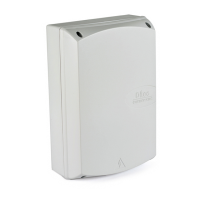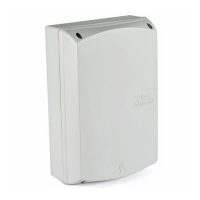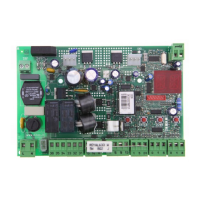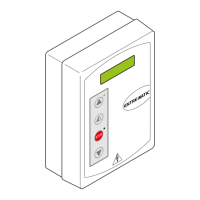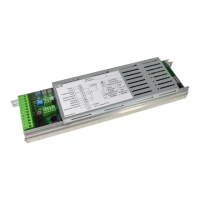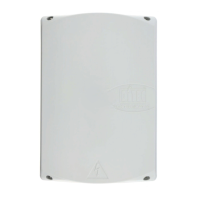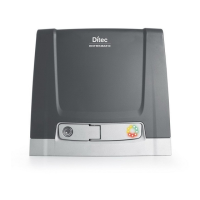What to do if DITEC LCA70 remote control does not work?
- DDebra Shepard MDAug 10, 2025
If the DITEC Control Panel remote control isn't working, it could be due to a missing or incorrect storage module. Turn off the automation and plug in the correct storage module. Also, check the correct memorisation of the transmitters on the built-in radio. If there is a fault with the radio receiver that is built into the control panel, the remote control codes can be read by removing the storage module.


